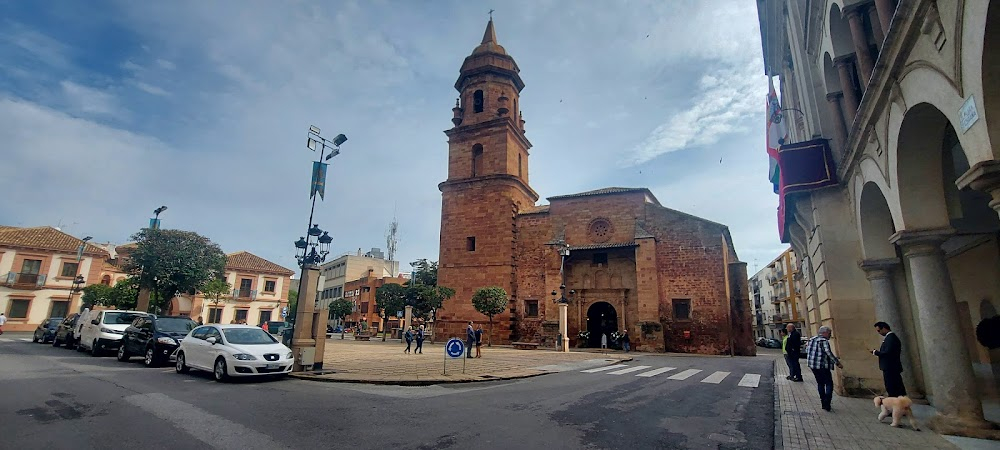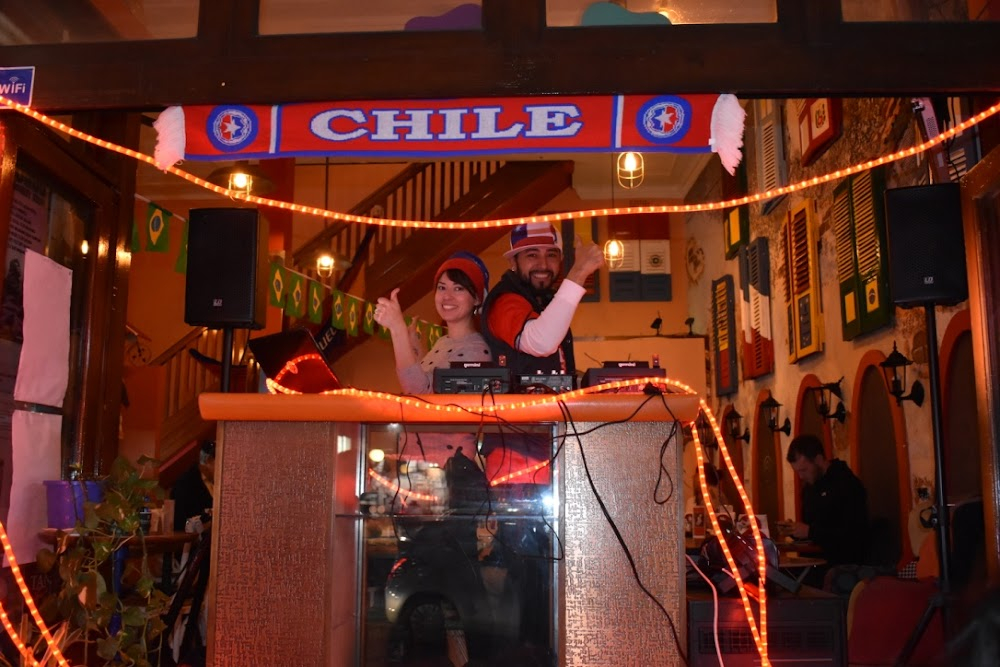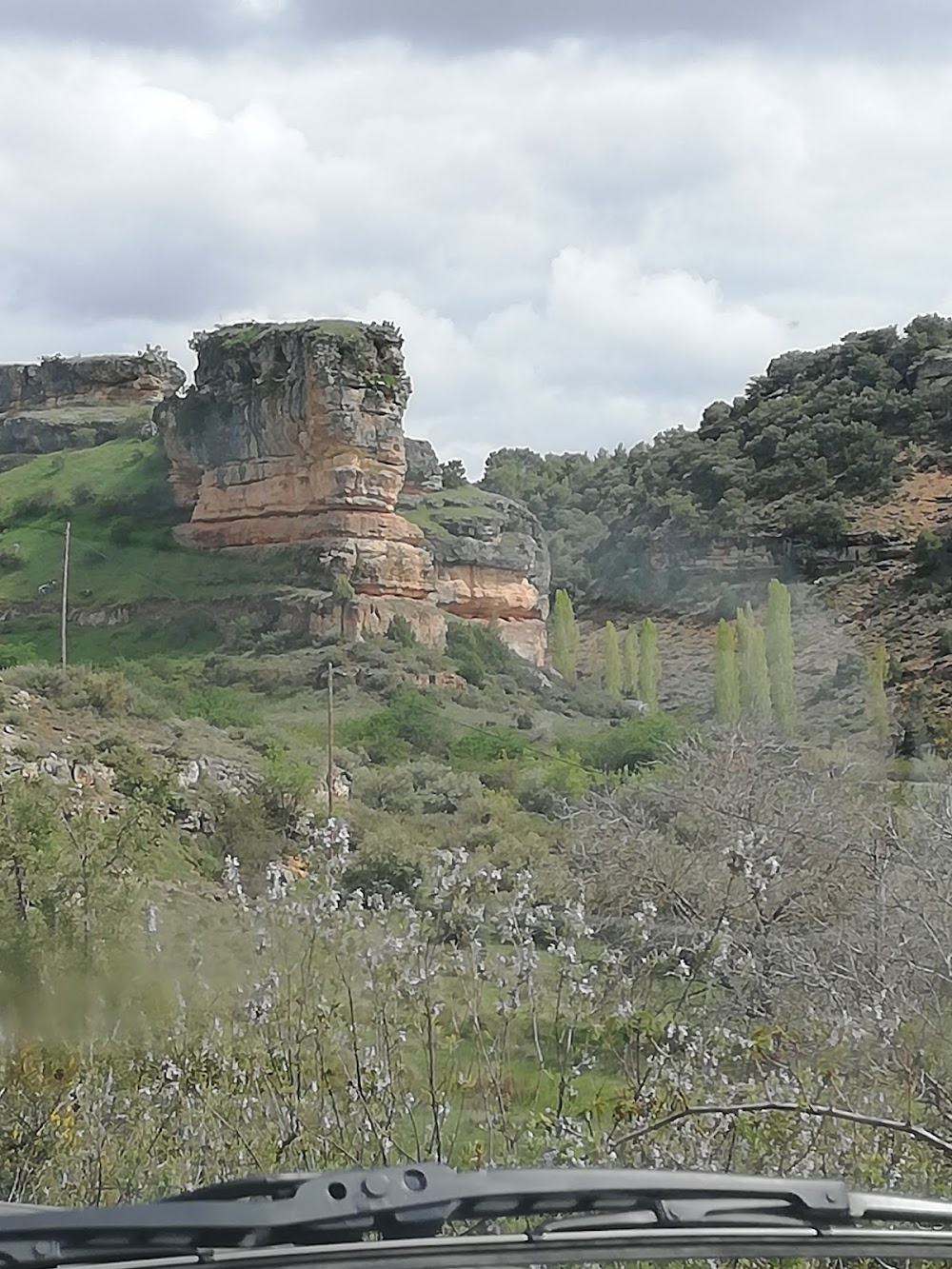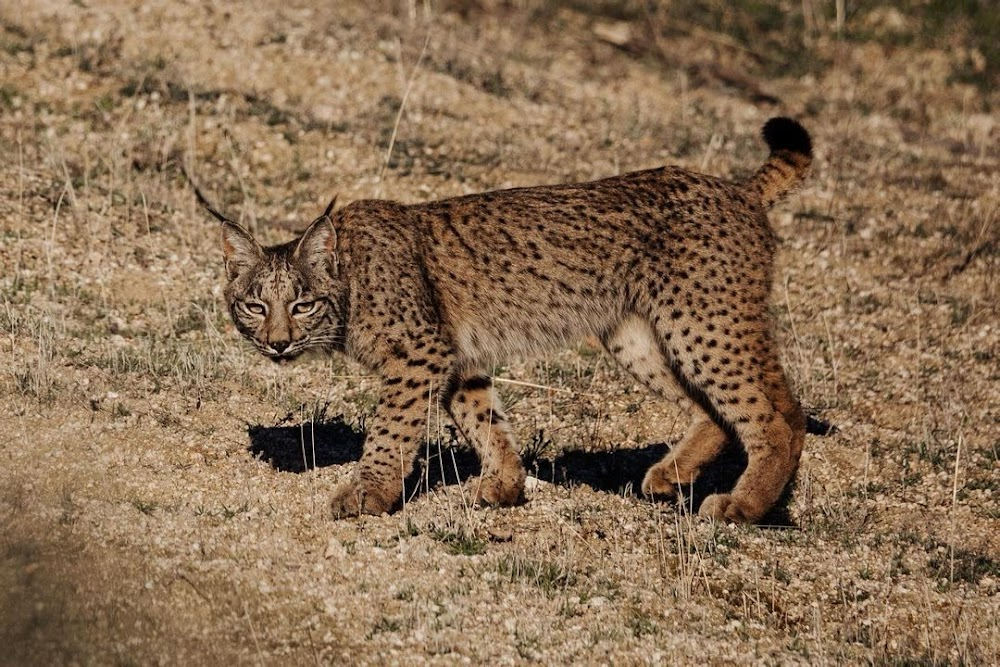La copla andaluza Filming Locations
La copla andaluza Filming Locations
Huelva is a port city in southwestern Spain, at the mouth of the Odiel and Tinto rivers. North of the center is whitewashed Santuario de Nuestra Señora de la Cinta chapel, dating from the 15th century. Huelva Museum hosts an extensive archaeological collection. La Merced Cathedral features a striking baroque facade. A statue of explorer Christopher Columbus overlooks the palm-flanked square of Plaza de las Monjas.
Jaén is a city in southern Spain. It's known for its olive oil production, and for its fortresses, including medieval Santa Catalina Castle. The Renaissance-style Jaén Cathedral holds the Holy Veil, said to have been used to wash Christ’s face. In the Palacio de Villardompardo, the Arab Baths Cultural Center includes an 11th-century bathhouse and 2 museums. The San Ildefonso Church has several striking altarpieces.
Málaga is a port city on southern Spain’s Costa del Sol, known for its high-rise hotels and resorts jutting up from yellow-sand beaches. Looming over that modern skyline are the city’s 2 massive hilltop citadels, the Alcazaba and ruined Gibralfaro, remnants of Moorish rule. The city's soaring Renaissance cathedral is nicknamed La Manquita ("one-armed lady") because one of its towers was curiously left unbuilt.
Granada is a city in southern Spain’s Andalusia region, in the foothills of the Sierra Nevada mountains. It's known for grand examples of medieval architecture dating to the Moorish occupation, especially the Alhambra. This sprawling hilltop fortress complex encompasses royal palaces, serene patios, and reflecting pools from the Nasrid dynasty, as well as the fountains and orchards of the Generalife gardens.
France, in Western Europe, encompasses medieval cities, alpine villages and Mediterranean beaches. Paris, its capital, is famed for its fashion houses, classical art museums including the Louvre and monuments like the Eiffel Tower. The country is also renowned for its wines and sophisticated cuisine. Lascaux’s ancient cave drawings, Lyon’s Roman theater and the vast Palace of Versailles attest to its rich history.
Andújar is a Spanish municipality of 38,539 people in the province of Jaén, in Andalusia. The municipality is divided by the Guadalquivir River. The northern part of the municipality is where the Natural Park of the Sierra de Andújar is situated. To the south are agricultural fields and countryside.
Antequera is a city in Andalusia, southern Spain. It's known for its ancient burial mounds, including the Dolmen de Menga, Dolmen de Viera and Tholos de El Romeral. The Alcazaba of Antequera is a centuries-old Moorish fortress. The vast nature preserve of Torcal de Antequera has dramatic limestone tower rock formations. Overlooking the town, Peña de los Enamorados is a distinctive, face-shaped mountain.
Marmolejo is a city located in the province of Jaén, Spain. According to the 2005 census, the city has a population of 7605 inhabitants.
Minas de Riotinto is a town and municipality located in the province of Huelva, in the Autonomous Community of Andalusia, southern Spain. Minas de Riotinto also comprises the neighborhoods known as El Alto de la Mesa and La Dehesa.
Morocco, a North African country bordering the Atlantic Ocean and Mediterranean Sea, is distinguished by its Berber, Arabian and European cultural influences. Marrakesh’s medina, a mazelike medieval quarter, offers entertainment in its Djemaa el-Fna square and souks (marketplaces) selling ceramics, jewelry and metal lanterns. The capital Rabat’s Kasbah of the Udayas is a 12th-century royal fort overlooking the water.
Paris, France's capital, is a major European city and a global center for art, fashion, gastronomy and culture. Its 19th-century cityscape is crisscrossed by wide boulevards and the River Seine. Beyond such landmarks as the Eiffel Tower and the 12th-century, Gothic Notre-Dame cathedral, the city is known for its cafe culture and designer boutiques along the Rue du Faubourg Saint-Honoré.
Sacromonte is known as the gypsy quarter, drawing visitors to the hills above Granada for music and dancing after dark. Venues in hillside caves host dramatic flamenco shows along the narrow Camino de Sacromonte road. Sacromonte Caves Museum preserves houses built into the rock, and relics are displayed at Sacromonte Abbey, with sweeping views over the city. Hiking routes and bike trails lead off into the mountains.
La copla andaluza (1929)




